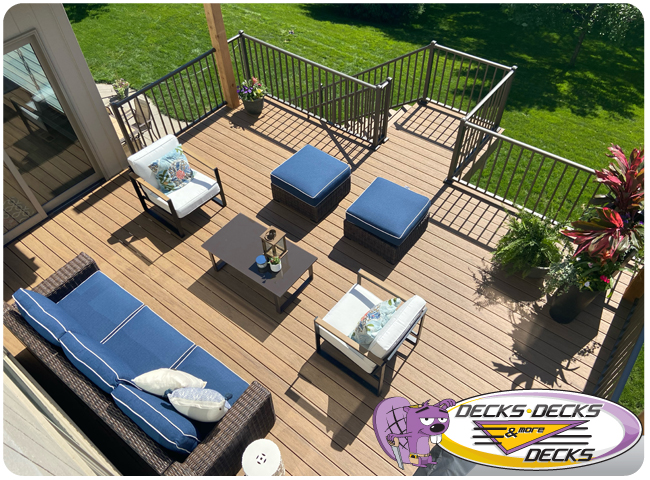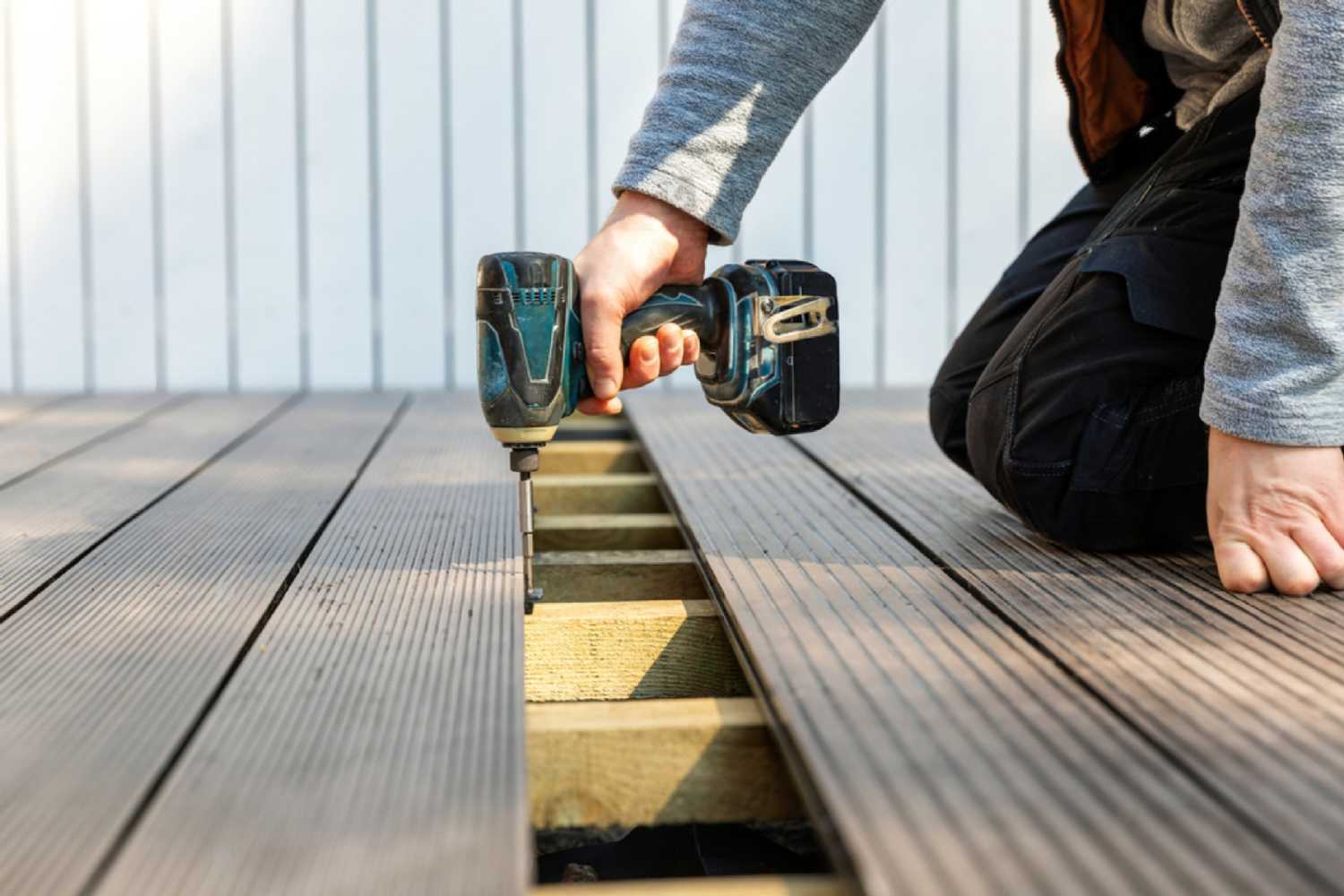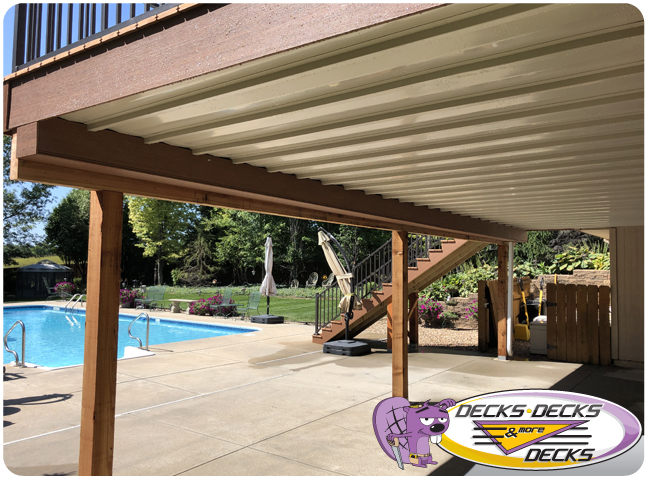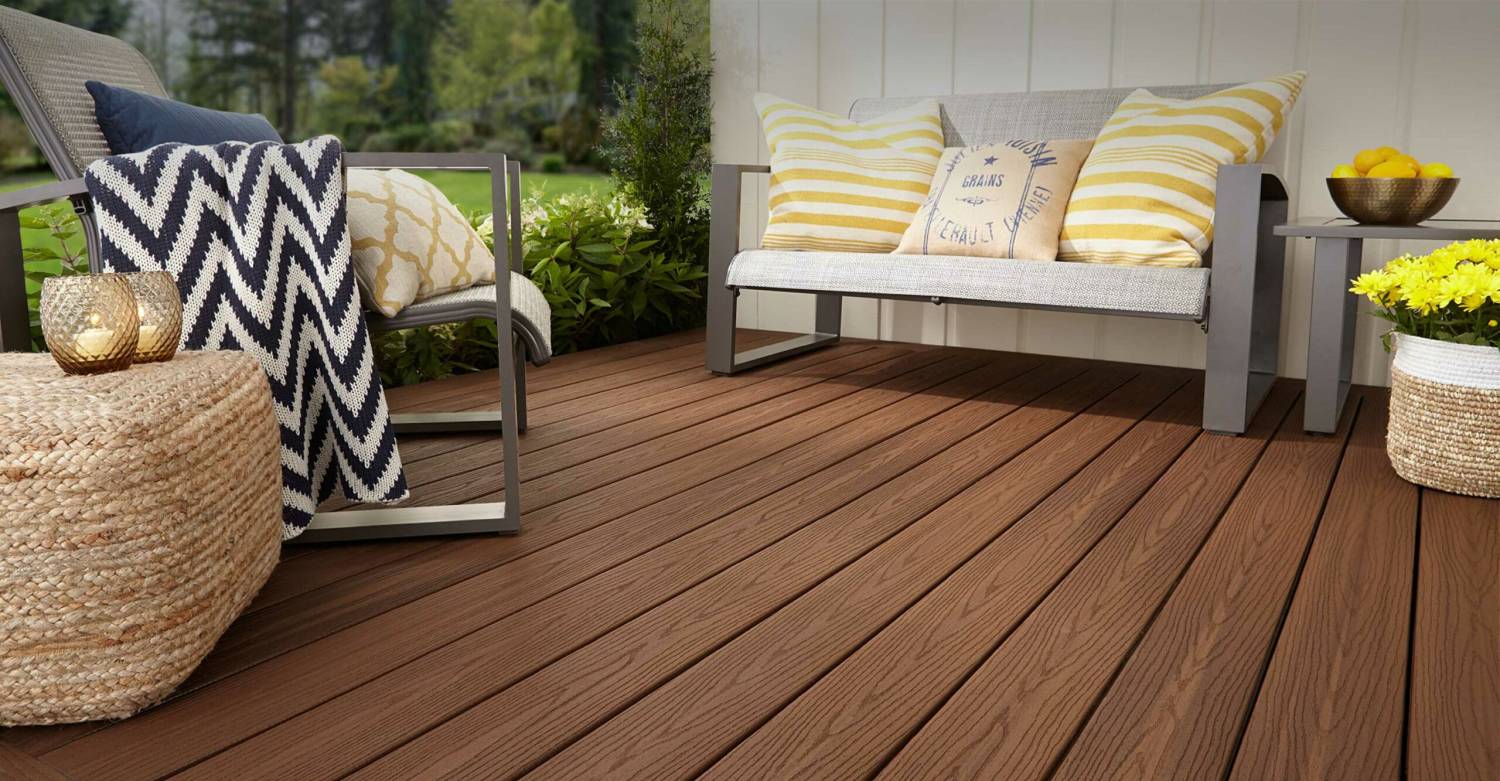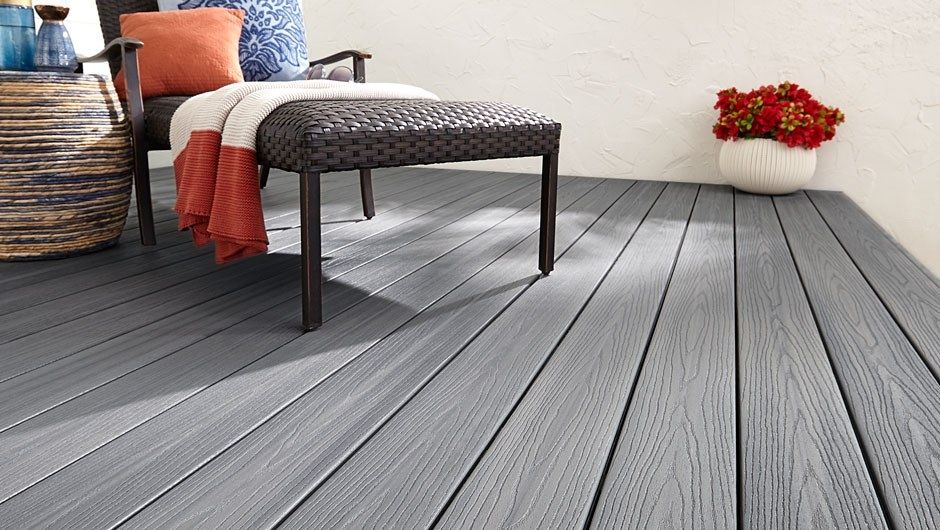Fall Decor Ideas to Transform Your Deck
With the crisp air and vibrant colors of fall, your deck becomes an ideal spot to embrace seasonal décor. Whether you’re planning to entertain or just want a cozy space for yourself, here are some easy and affordable ways to add fall charm to your deck.
1. Use Autumn Colors
Incorporate classic fall colors like burnt orange, deep reds, golden yellows, and earthy browns into your deck’s design. You can achieve this by adding throw pillows, outdoor rugs, or even a painted accent piece like a bench or side table. These colors will naturally complement the fall foliage and add warmth to your outdoor space.
2. Create a Cozy Space with Blankets and Cushions
Fall is all about coziness. Add soft blankets and weather-resistant cushions to your deck chairs and benches. Opt for chunky knit throws, plaid patterns, or faux fur for a luxe, autumnal look. These elements also serve a practical purpose by keeping you and your guests warm on cooler evenings.

3. Seasonal Plants and Flowers
Bring a touch of nature to your deck with potted plants that thrive in cooler weather. Chrysanthemums, asters, and ornamental kale are all great choices for fall planters. They add pops of color and a fresh, natural feel to your outdoor space. You can also place small pumpkins or gourds in planters for added seasonal flair.
4. Lighting for Ambiance
As the days grow shorter, lighting plays a more significant role in your deck’s overall look and feel. Twinkle lights or Edison bulb string lights can create a soft, romantic glow that’s perfect for fall evenings. Solar lanterns and battery-powered candles can also enhance the cozy, autumnal atmosphere.
5. Decorate with Fall Accessories
Incorporate small details that celebrate fall. Use rustic elements like wooden crates, baskets filled with firewood, or vintage lanterns as decorative pieces. Add a fall wreath to your door or string garlands of faux leaves around the railings for a festive touch. Finally, consider a themed table setting with pumpkins, pine cones, or candles for any outdoor dinners you might host.
Conclusion:
With a little creativity, your fall deck can become a cozy, inviting retreat perfect for the fall season. From vibrant autumn colors to soft blankets and seasonal décor, there are endless ways to transform your outdoor space. Whether you’re planning to entertain guests or simply enjoy a quiet evening outdoors, these fall décor ideas will help you create a warm and welcoming environment. Embrace the season by adding personal touches that reflect your style, and enjoy your deck all season long!




